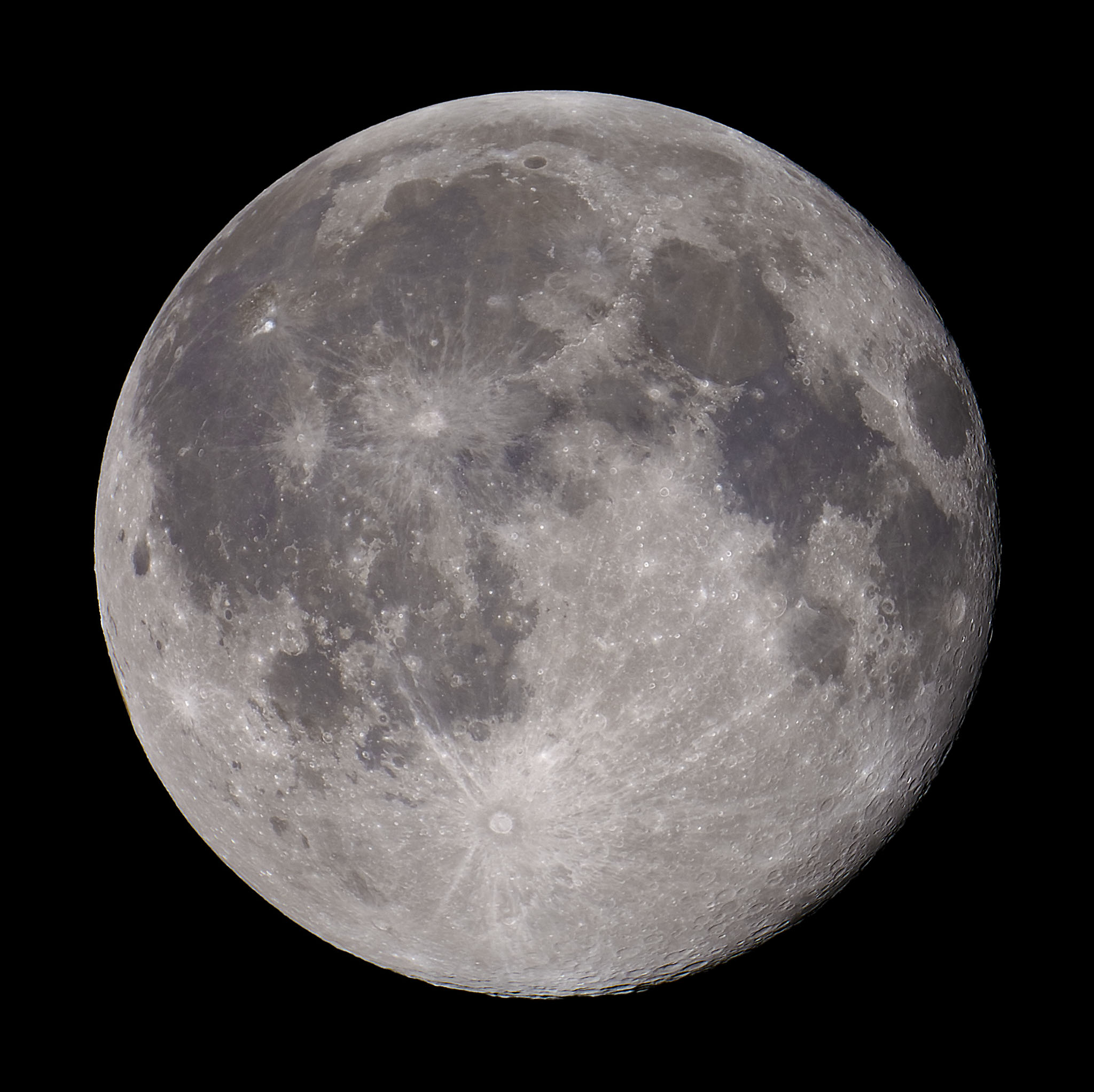Prepare to be captivated by the dark allure of Edgar Allan Poe’s ‘The Raven’. This iconic poem has bewitched readers for generations. But what makes it so irresistible? Join us as we delve deep into its haunting themes, intricate symbolism, and the enigmatic life of its creator.
What is ‘The Raven’?
‘The Raven’ is a narrative poem written by Edgar Allan Poe, first published in January 1845. It tells the story of a man mourning the loss of his beloved Lenore, who is visited by a mysterious raven that speaks the word “Nevermore.” This poem is not just a tale of sorrow; it is a profound exploration of grief, loss, and the human psyche.
The Haunting Themes of ‘The Raven’
At its core, ‘The Raven’ is a meditation on loss and despair. The poem’s protagonist is trapped in a cycle of mourning, unable to escape the memories of his lost love. Here are some of the key themes that make ‘The Raven’ a timeless classic:
- Grief and Mourning: The poem vividly captures the pain of losing a loved one. The protagonist’s descent into madness reflects the overwhelming nature of grief.
- Memory and Regret: The raven serves as a constant reminder of the past, forcing the narrator to confront his memories and regrets.
- The Supernatural: The presence of the raven introduces an element of the supernatural, blurring the lines between reality and the imagination.
- Despair and Hopelessness: The repeated refrain of “Nevermore” symbolizes the finality of death and the hopelessness that accompanies it.
Symbolism in ‘The Raven’
Poe’s use of symbolism in ‘The Raven’ is masterful. Each element of the poem contributes to its overall meaning. Here are some of the most significant symbols:
- The Raven: The raven itself is a symbol of death and the unknown. Its presence signifies the inevitability of loss and the permanence of grief.
- Lenore: The lost love, Lenore, represents the idealized version of love that can never be reclaimed. She embodies the narrator’s deepest desires and regrets.
- The Midnight Hour: The setting of the poem, at midnight, symbolizes the darkness of the narrator’s mind and the depth of his despair.
- The Bust of Pallas: The bust of Pallas Athena represents wisdom and knowledge, contrasting with the ignorance of the narrator’s emotional turmoil.
Why ‘The Raven’ Remains Relevant Today
Despite being nearly two centuries old, ‘The Raven’ continues to resonate with readers. Its exploration of universal themes such as love, loss, and the human condition makes it a timeless piece of literature. Here are a few reasons why ‘The Raven’ remains relevant:
- Relatable Emotions: The feelings of grief and longing are universal, allowing readers from all walks of life to connect with the poem.
- Cultural Impact: ‘The Raven’ has influenced countless works of art, literature, and music, solidifying its place in popular culture.
- Psychological Depth: The poem’s exploration of the human psyche offers insights into mental health and the complexities of grief.
- Enduring Mystique: The enigmatic nature of the raven and the poem’s ambiguous ending invites endless interpretation and discussion.
Edgar Allan Poe: The Man Behind the Masterpiece
To fully appreciate ‘The Raven’, it’s essential to understand the life of its creator, Edgar Allan Poe. Born on January 19, 1809, Poe faced a tumultuous life filled with personal tragedy, which undoubtedly influenced his writing. Here are some key points about Poe’s life:
- Early Life: Orphaned at a young age, Poe struggled with poverty and instability throughout his childhood.
- Literary Career: Poe was a pioneer of the short story genre and is credited with inventing the detective fiction genre.
- Personal Tragedy: The death of his wife, Virginia, deeply affected Poe and is reflected in the themes of loss in ‘The Raven’.
- Mysterious Death: Poe’s untimely death at the age of 40 remains shrouded in mystery, adding to his enigmatic legacy.
Analyzing ‘The Raven’: A Line-by-Line Breakdown
For those who wish to dive deeper into the poem, a line-by-line analysis can reveal the intricacies of Poe’s language and structure. Here’s a brief overview of the poem’s stanzas:
Stanza 1: The Setting
The poem opens with the narrator in a state of melancholy, setting the tone for the entire piece. The imagery of the “midnight dreary” establishes a dark atmosphere.
Stanza 2: The Visitor
The arrival of the raven introduces a sense of foreboding. The narrator’s curiosity quickly turns to dread as the bird begins to speak.
Stanza 3: The Questioning
As the narrator questions the raven, he reveals his inner turmoil. Each question reflects his desperation for answers about his lost love.
Stanza 4: The Refrain
The repetition of “Nevermore” becomes a haunting refrain, symbolizing the finality of death and the futility of hope.
Stanza 5: The Descent into Madness
As the poem progresses, the narrator’s mental state deteriorates. The raven’s presence exacerbates his grief, leading him to madness.
Final Stanza: Acceptance of Despair
The poem concludes with the narrator’s acceptance of his fate, forever haunted by the raven’s words. This powerful ending leaves readers with a lingering sense of sorrow.
How ‘The Raven’ Influenced Modern Literature
The impact of ‘The Raven’ extends far beyond its initial publication. Its themes and stylistic elements have influenced countless authors and poets. Here are a few notable examples:
- Influence on Horror Literature: Poe’s exploration of the macabre paved the way for future horror writers, including H.P. Lovecraft and Stephen King.
- Inspiration for Musicians: The poem has inspired numerous musical adaptations, from classical compositions to modern rock songs.
- Impact on Pop Culture: References to ‘The Raven’ can be found in films, television shows, and even video games, showcasing its enduring legacy.
Conclusion: The Enduring Legacy of ‘The Raven’
In conclusion, Edgar Allan Poe’s ‘The Raven’ is more than just a poem; it is a profound exploration of the human experience. Its themes of grief, loss, and despair resonate with readers across generations, making it a timeless classic. Whether you’re a long-time fan or a newcomer to Poe’s work, ‘The Raven’ invites you to confront the darker aspects of life and the inevitability of death. So, are you ready to embrace the haunting beauty of ‘The Raven’?





Post Comment